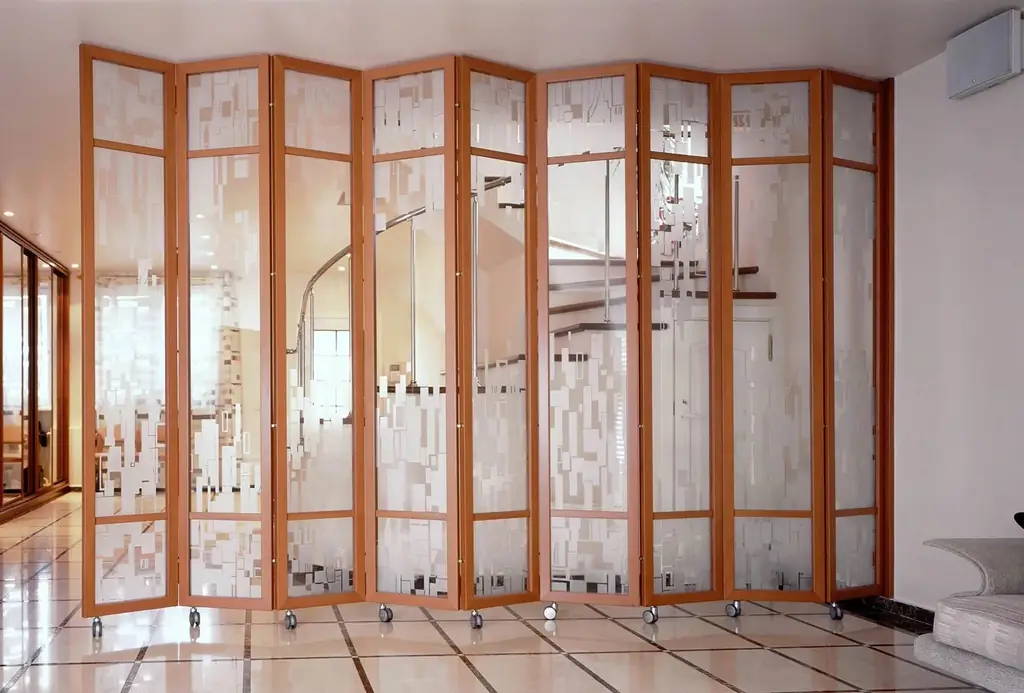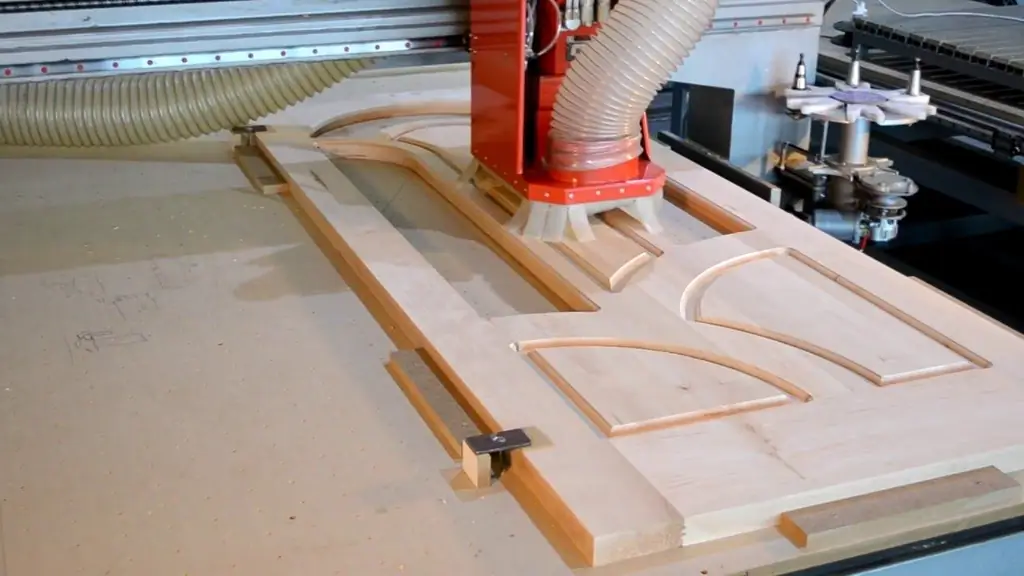
Table of contents:
- Author Bailey Albertson [email protected].
- Public 2023-12-17 12:53.
- Last modified 2025-06-01 07:32.
Free natural fertilizer: how to equip a compost pit on the site

A compost pit is a kind of “waste-free production”. Almost any organic matter is suitable for filling it, which, when decomposed, turns into a natural fertilizer that effectively increases soil fertility. At any site, this is a necessary thing that allows you to simultaneously solve the problem of waste disposal and save on plant nutrition.
Content
- 1 Why does a gardener need compost
-
2 How to build and fill a compost pit
- 2.1 Video: common mistakes when constructing a compost pit
- 2.2 Video: what not to put in a compost pit
- 2.3 Video: compost pit or heap: which is better
- 2.4 Video: personal experience on arranging a compost pit
Why does a gardener need compost
Any soil, even the most fertile, with regular planting of cultivated plants is depleted over time, which negatively affects the quantity and quality of the crop. Many different fertilizers are sold in stores, but it is quite possible to save money and produce universal environmentally friendly fertilizing yourself.

Compost is a completely natural fertilizer that helps maintain soil fertility and is suitable for all garden crops
At the same time, the problem of recycling food and other organic waste is being solved. With their removal from the site, problems often arise.

The compost pit allows for the disposal of many types of waste that would otherwise have to be removed from the site
How to build and fill a compost pit
In order for waste to become compost, it needs warmth, aeration and high humidity. Based on this (and also from the convenience for the gardener), a number of general requirements for the compost pit are derived:
- Most of the waste pile itself should rise above the soil. It is buried in the ground 30-50 cm, leaving 80-100 cm above the surface. The recommended volume is at least 1 m³. This way the compost warms up better, it is easier to water and loosen it.
-
The pit is located at least 25 m from the source of drinking water (if there is one on the site) and away from residential premises (own and neighboring). In the process of decomposition, an unpleasant odor is emitted from the compost (take into account the direction of the wind), the water is contaminated with pathogenic microorganisms. The same goes for groundwater, so move the hole away from fruit trees, berry bushes.

A pile of compost on the site The place for the compost pit or heap is chosen taking into account sanitary standards
- The most suitable place is partial shade. Compost in direct sunlight will need to be moistened more often.
- The bottom must be earthen. Loosen the raw material well before placing it. This will prevent the compost from drying out and will provide access to worms and microorganisms that speed up the process.

A little imagination and work - and the compost pit will become an interesting and original element in landscape design
Video: common mistakes when building a compost pit
As raw materials for compost, you can use:
- plant debris (dead leaves, mown grass, needles, small branches, weeds);
- waste from cleaning vegetables, fruits, unfinished coffee and tea;
- waste from wood cutting (sawdust, shavings);
- hay and straw;
- scraps of natural fabrics;
- paper and cardboard;
- nuts and eggshells.
Do not put in a pit:
- any non-biodegradable inorganic (rubber, polyethylene, plastic, metal, synthetic fabrics, glass);
- plants torn from the garden with signs of any diseases;
- thick boards and branches, bones, large bones from fruits (decompose for a long time);
- animal excrement (presence of parasite eggs);
- weeds with ripe seeds;
- spoiled meat, eggs, dairy products.

A wide variety of waste can be placed in the compost pit, but not in general.
Video: what not to put in a compost pit
What a compost pit might look like:
-
The usual pile of waste. The easiest option, but it looks very unaesthetic. Waste is simply stored at the chosen place, it is desirable to alternate between "green" (plant, release nitrogen during decomposition) and "brown" (food, emitting carbon). When the heap reaches 1-1.2 m, water it well (you can use special means to speed up the decomposition process). Next, you need to regularly loosen, pierce with a pitchfork and maintain high humidity. To ensure that there is always compost on the site, it is recommended to create several piles.

Compost heap The compost heap looks very sloppy, it is quite difficult to remove the finished compost from under the bottom
-
Pit. Should be wide, but shallow (up to 50 cm). At the bottom, they put those waste that will decompose the longest - large branches, tree bark, a large amount of fresh grass. Then food and plant waste is alternated (layers 5-8 cm thick), spilling each one with water. The structure is covered with a black plastic wrap from above. The pit does not take up much space, but the process is slow due to the insufficiently high temperature, it is difficult to loosen the contents and extract the finished compost.

Compost pit Black polyethylene will help to raise the temperature in the compost pit to the values necessary to accelerate the decomposition of raw materials and to maintain it.
-
Box. The walls can be any - wooden, metal, slate, polycarbonate. Frame - a corner, pipe sections or bars. The optimal dimensions are approximately 1 * 1.5 m. The box is installed on a pre-leveled platform, from which about 40 cm of soil is removed. The front wall should be lifting or removable in order to remove the finished compost. From above, you can simply cover the box with plywood or provide a hinged cover.

Compost box Compost box with opening front wall makes it very easy to remove the finished fertilizer
-
Concrete pit. The most durable construction, requiring certain skills, a significant investment of time and effort. The place is chosen very thoughtfully, it will not work to move the structure. For the construction of the pit, you need to level the site, choose 60-80 cm of the substrate in depth. Its recommended dimensions are 2 * 3 m. After that, the formwork is constructed with a distance of 10-12 cm from the earthen walls, and liquid concrete is poured into it. When it hardens (12-15 days), the formwork is removed. The walls are built up with bricks by 15-40 cm. The filled hole is covered from above with a wooden cover, shields or foil. The main disadvantage is the lack of aeration.

Concrete compost pit A concrete compost pit is a capital durable structure that cannot be moved
Video: compost pit or heap: which is better
Experienced gardeners recommend dividing the compost pit into 2-3 compartments. In the first, fresh waste is laid, in the second last year's waste is decomposed. In the third, you can shift the ripe fertilizer as it is ready.

In the presence of a box with several compartments, the compost production process goes on continuously, the gardener always has ready-made fertilizer

The composting process is accompanied by an increase in temperature in the depth of the waste heap and a characteristic "aroma"
Video: personal experience on arranging a compost pit
It usually takes about a year for organic waste to decompose. But you can reduce it to 3-4 months:
- Once every 15-20 days, loosen the pile with a pitchfork, providing oxygen access and mixing its contents.
-
Don't let the future compost dry out by periodically watering the pile. The hotter it is outside, the more often you need to do this. If the waste dries up, the decomposition process will practically stop.

Fresh raw material for compost If you know how to speed up the process, you can get ready-made compost not in two years, but in one season.
- Cover the pile with black plastic, as tight as possible. This will raise the temperature and keep the humidity high.
- Plant Californian or ordinary earthworms in the pit (they loosen and recycle waste), use special preparations - Baikal-EM, Embionic, Kompostar, Kompostin, Biofors Compost. You can replace them with a solution of any nitrogen fertilizer (60-80 g per 10 l) and some plants (any legumes, chamomile, dandelion, yarrow), but this will be less effective. Worms and preparations allow composting even in sealed plastic containers, barrels, and so on.

The drug Compostin saturates the compost with beneficial microorganisms that accelerate the decomposition process, and at the same time destroys the spores of pathogenic fungi
The construction of a compost pit will not take a lot of time, effort and money from the gardener. The necessary supplies and tools can be found at most sites. The finished structure is a solution to the problem of organic waste disposal and a source of valuable fertilizer suitable for all horticultural crops. There is nothing difficult in filling the pit, you just need to know that you cannot throw there. There are also ways to speed up the maturation of the compost.
Recommended:
How To Make A Long Burning Stove With Your Own Hands: Manufacturing Instructions With A Diagram And Drawings + Video

How to make a long burning stove with your own hands. Consumables, recommendations, diagrams, design features
Do-it-yourself Bubafon Oven: Step-by-step Manufacturing Instructions, Dimensional Drawings + Video

How to make a long-burning bubafonya stove with your own hands and include it in the heating system of a country house
Screens-partitions For Zoning Space In The Room: Varieties And Design Features, Manufacturing And Installation By Hand

What is a partition-screen. What are the types of screens, their features, advantages and disadvantages. How to make a partition screen yourself
Normative Documentation (GOST) For Metal Doors, Including For Manufacturing And Labeling

Standards for the manufacture and installation of metal doors. GOST requirements for structures of various types and standards for product labeling
Production Of Interior Doors, Basic Rules And Requirements For The Manufacturing Process

Manufacturing of interior doors: technical rules and GOST requirements for the production process. Required materials and equipment
